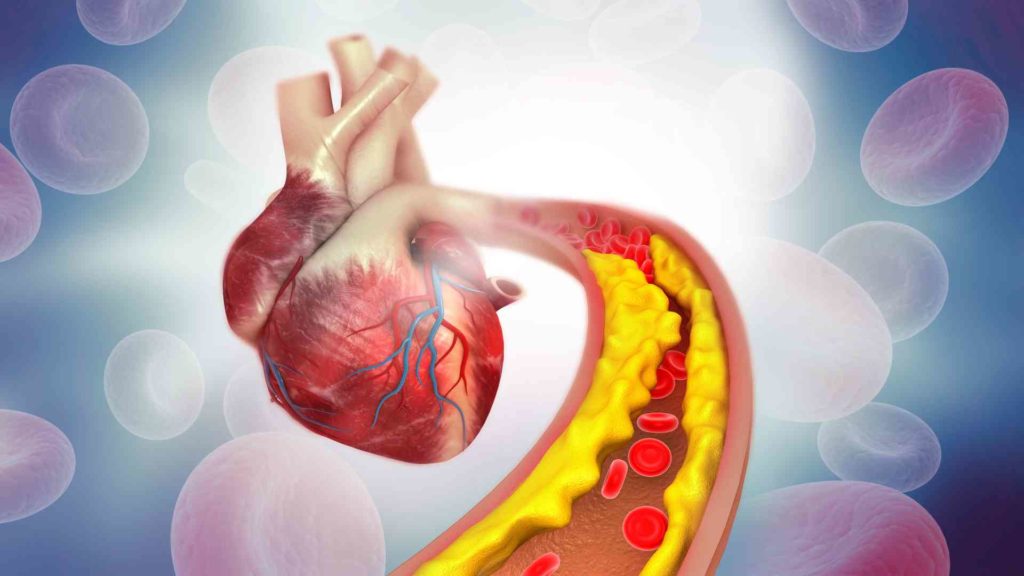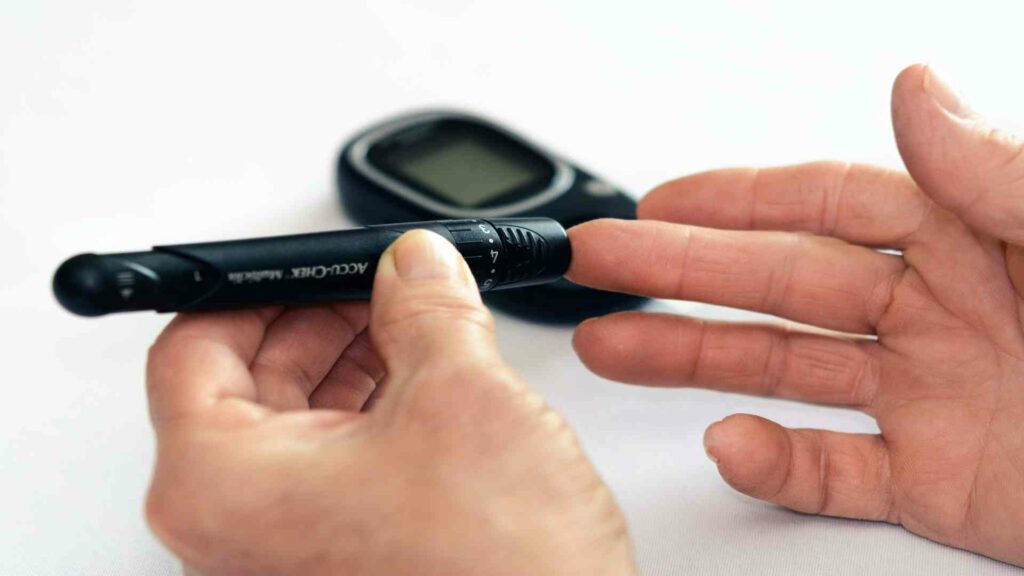Boron and Cardiovascular Disease
In today’s podcast, we’re going to look at boron and cardiovascular disease. Risk factors for cardiovascular diseases may be noticeably improved by the intake of boron-containing compounds. In particular, these compounds reduce blood pressure, improve cholesterol levels and reduce inflammation.

Cardiovascular disease
Boric acid and borates are boron-containing inorganic compounds found in soils. Plants and bacteria use them to produce all known boron-containing organic compounds. These organic compounds are often used in cell metabolism in humans, where they are partially converted into boric acid. The boric acid is then excreted as waste from the body.
Compared with their organic counterparts, inorganic-organic boric acid and borates have significantly different chemical and biochemical properties. The biochemical activities of compounds that contain boron differ greatly depending on the organic ligands used and the binding constant of boron compared to any specific molecule.
It has been recognized that boron deficiency in soils, which leads to BCC depletion, boron-containing compounds, depletion, and fruits and vegetables in the food supply, is associated with a higher occurrence of arthritis, and inflammatory disease also linked to cardiovascular health.
The term cardioprotection refers to all methods of preserving cardiovascular health. Perhaps the most important is nutrition. The typical Mediterranean diet, which includes BCC-rich stable foods ensures a total PCC consumption of even more than 13 milligrams of boron per day per person, though as little as one milligram of boron per day per person is presently assumed to provide health benefits.
The hypothesis is that the cardiovascular protection provided by Mediterranean diets is guided more by the types and varieties of BCCs that provide specific biochemical activities relating to cardiovascular health than the simple total elemental boron content.
Boron-containing compounds regulate enzymatic activity. They interact with enzymes, from microorganisms, plants, animals, and humans likely to result in enzyme activation, stabilization, and inhibition. In human cells. BCC’s activities involved in the regulation of specific enzymes, the binding of particular receptors, m RNA splicing, and inducing apoptosis. Furthermore, boron stabilizes the phosphatase alkaline enzyme through some reactions present preventing oxidative stress. Besides that, boron-containing molecules, improve the resistance of hemeproteins to denaturation, which may have cardioprotective effects due to their peroxide-induced stabilization.
It was recently discovered that the fluoroborate complex is a powerful catalyst in various biological reactions in plants and may function as a coenzyme.
In addition to the benefits for cardiovascular health and joint health, cognitive function, bone density, and prostate health, researchers have started examining BCC’s value as an antioxidant.
In one study, researchers looked at the effects of BCC, such as calcium fructoborate on skin wounds. They investigated whether CFB had antioxidant properties in human keratinocytes cultures, (human skin cells). CFB-treated cells were exposed to exogenous hydrogen peroxide to recreate environmental-induced oxidative stress.
The results showed that CFP limited the development of intra-cellular reactive oxygen species, implying that CFP may have superoxide dismutase that could be clinically relevant in protecting cells from oxidation-induced damage. Furthermore, previous research suggested that a boron rich rich diet may boost the enzyme activity by the SOD pathway.
Extracellular SOD is also known to protect against atherosclerosis, against hypertension and heart failure, and diabetes mellitus. All of these analyses yields the role of oxidative stress in cardiovascular disease.
What are the Factors in Cardiovascular Disease?
Number one. Beneficial effects of BCC’d on plasma lipids mainly were observed in animal studies where sodium borate consumed directly caused a significant decline in overall cholesterol lipoprotein fractions and triglyceride levels. However, other authors would not confirm such effects and an undesirable HDL cholesterol reducing impact was found. They also looked at how a four week BA supplementation affected rat steroid hormones and plasma lipids. After two weeks, boron containing compound supplementation caused a reduction in plasma, TG and total HDL cholesterol concentrations. After another month, the HDL cholesterol was the only dramatically lowered parameter.
Other animal studies have also observed a negative or neutral effect. According to some studies, adding boron to layer diets could significantly reduced total plasma lipids, cholesterol, and LDL. while enhancing HDL. Hens were fed a basal diet with just a relation of 200 milligrams of boron per kilogram. These had the least overall lipids, cholesterol, and LDL.
The concentration levels of total cholesterol, triglycerides, high-density lipoprotein, (HDL), low density lipoprotein. (LDL), very low density, lipoprotein, (VLDL), glucose, insulin, and non esterified fatty acids, all decreased after sodium tetraborate administration. Because boron containing compounds can have different specifications depending on chemical structure, the contradictory results could be evidence of boron speciation in animal metabolism.
How about Boron-containing Compounds and Diabetes?
Diabetes mellitus and other glucose metabolism illnesses are major risk factors for cardiovascular disease. Backen and Hunt, in a study devised an analysis to find the influence of BCC as BA on insulin release. They discovered considerably higher plasma insulin concentrations in rats, deficient in boron but no change in plasma glucose levels.
Dietary magnesium or vitamin D levels did not influence this effect. Furthermore, boron deprived chickens had vastly greater peak insulin values than those fed physiologic amounts. As a direct result, boron did not affect peak incident action or pancreatic mass.
These results indicate the BCC’s may reduce the amount of insulin necessary to keep glucose homeostasis. Boron in some form could reduce plasma, insulin, concentration levels with no close link to vitamin D or magnesium status. Another study on 30 Sprague Dawley rats fed BA and borax supplemented diet with a dose of a hundred milligrams of Borum per kilogram found a reduction in leptin, insulin, and glucose levels. Bodyweight reduced, probably due to a rise in T3, thyroid hormone level. Borax had the more significant effect of the two compounds tested.
A Third Area is the Effects of BCC’s on Smoking Risk.
Tobacco use is considered an epidemic and a major public health threat by the WHO, and one of the most significant risk factors for cardiovascular disease. The primary components released by smoking are nicotine and carbon monoxide, which promote oxidative stress, endothelial damage and dysfunction. It also raises serum total cholesterol and triglyceride levels, decreasing, cardioprotective HDL, and fosters intravascular inflammation, all of which are risk factors for developing atherosclerosis and cardiovascular disease.
Tobacco Products
Tobacco products involve a slew of potentially toxic molecules, the most cytotoxic of which is nicotine. Diets high in boron-containing compounds were linked to a lower risk of cervical cancer, prostate cancer, and lung cancer in women who smoked heavily. Furthermore, high-quality BCC intake has been linked to lower lung cancer risks in smokers whereas the highest risk is found in smokers who lack hormone replacement therapy and have a low boron intake.
Recent research shows that the antioxidant properties of BA protected DNA and decreased nicotine-induced cytotoxicity in vitro. These findings raise the possibility that natural BCC’s may also have the ability to counteract the adverse effects of smoking.
How About Boron-containing Compounds as an Aging Risk Factor?
Oxidative stress is among the systems involved in the aging process. This happens when the production and disposal of reactive oxygen species are out of balance. It was recently discovered that low doses of numerous boron-containing compounds can enhance antioxidant capacity by adding enzymatic activities.
Furthermore, PCCs may hinder Maillard’s reactions. This is accomplished by stabilizing borate esters on furanose rings with cis-diol, which enables the chemical evolution of sugar and amino acids in aqueous media. As a result, this could aid in regulating the aging process.
And that’s all from Borates Today. For more information on boron and cardiovascular disease, please refer to Borates Today, website. Meanwhile, thanks for listening.





